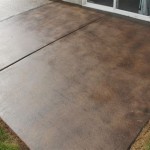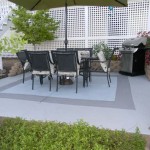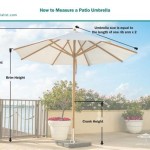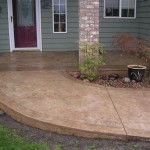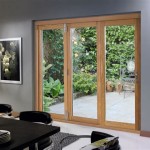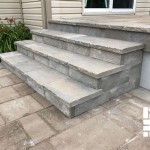Patio Slab Layout Designs: A Guide to Creating Your Dream Outdoor Space
A patio is an extension of your home, offering a space for relaxation, entertaining, and enjoying the beauty of the outdoors. The layout of your patio slabs plays a vital role in defining the functionality and aesthetic appeal of this space. Whether you envision a cozy seating area, a spacious dining zone, or a blend of both, thoughtful planning ensures a patio that meets your needs and complements your landscape.
1. Consider Your Space and Purpose
Before embarking on any design, it's essential to determine the size and shape of your patio area. Consider the dimensions of your existing yard, the location of your house, and any existing structures or landscaping elements that might influence your choices.
The purpose of your patio also dictates the layout. If you envision frequent gatherings, a spacious layout with ample walking space is preferable. For a more intimate setting, a smaller, cozy design might be more appropriate.
Visualize how you want to use the patio space. Do you want a dedicated dining area? A comfortable seating arrangement? A dedicated space for grilling or cooking? Map out these elements on paper or using a design tool for a clearer picture of your needs.
2. Exploring Different Patio Slab Layout Styles
There's a wide array of patio slab layout designs that cater to different aesthetics and preferences. Some popular options include:
a. Linear:
A linear layout is simple and functional, typically running along the length of your house. It's ideal for creating a walkway or a long, narrow seating area.
b. Grid:
A grid pattern is simple and elegant, creating a visually appealing, symmetrical design. This layout is versatile and can accommodate various furniture arrangements.
c. Circular:
Circular layouts create a sense of openness and flow, ideal for creating a focal point or defining a specific area within your patio.
d. Free-Form:
Free-form layouts, often characterized by curved lines and irregular shapes, offer a more natural and casual feel. This design provides flexibility and allows for creative integration with existing landscape features.3. Enhance Your Patio with Design Elements
Once you've chosen a basic layout, consider adding design elements that elevate your patio.
a. Varying Slab Sizes:
Using a combination of slab sizes can add visual interest and break up the monotony of a single size.
b. Incorporate Borders:
Borders created with a different type of material or pattern can define your patio area and add a touch of elegance.
c. Accentuate Features:
Use slabs or patterns to highlight specific features like a fire pit or a water fountain.
d. Explore Materials:
Different materials offer distinct aesthetics and functionalities. Concrete, pavers, and natural stone are popular choices, each with unique characteristics.Remember that your patio slab layout is a reflection of your personal style and needs. Spend time exploring different options, visualizing how they would fit within your existing landscape, and making choices that create a functional and aesthetically pleasing space you'll love for years to come.

Paving Patterns Patio Layouts Guide Lsd

Inspiration For The Layout Of Your Modern Garden Paving Slabs Tiles

Paving Patterns Patio Layouts Guide Lsd

Installation Guide Patterns Paving Stones Direct

Patterns

Patterns And Layouts For Flags Slabs Pavingexpert

Paving Patterns Popular Slab Super

Paving Patterns Patio Layouts Guide Lsd

Paving Laying Guide Ammaari Stones

Patterns And Layouts For Flags Slabs Pseudo Random Pavingexpert
Related Posts

